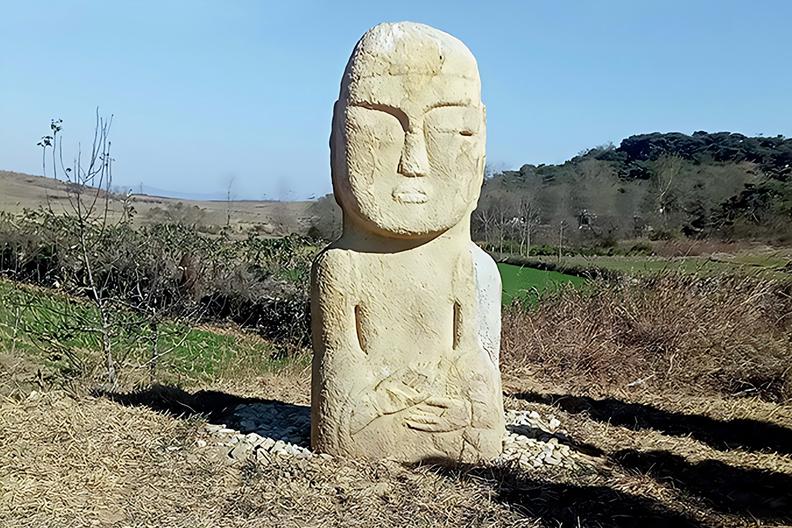
Rare Amitābha Buddha Statue from the Goryeo Period Discovered in North Korea
According to an announcement by North Korea’s state news agency KCNA, an extraordinary Buddha statue dating back to the early Goryeo period (AD 918-1392) has been unearthed during archaeological investigations of historical sites in the Yakjon-ri area of South Phyongan Province. These excavations, conducted by the Archaeology Institute of the Academy of Social Sciences and the National Authority for the Protection of Cultural Heritage, shed light on a significant era in the history of the Korean Peninsula.
The Goryeo Kingdom, established in AD 918, unified and governed the Korean Peninsula until the rise of the Joseon Dynasty in 1392. With its capital in present-day Kaesong, Goryeo flourished as a hub of trade, industry, art, and culture. Particularly during this period, when Buddhism was adopted as the state religion, it played a central role in the kingdom’s cultural and political life. Therefore, the Goryeo period is also referred to as the “Golden Age of Buddhism.”
The 1.7-meter-high Buddha statue discovered in Yakjon-ri depicts Amitābha, one of the most important Buddhas in Mahayana Buddhism. Amitābha is one of the most revered figures in East Asian Buddhist traditions and is often depicted alongside two assistant bodhisattvas, Avalokiteśvara on the right and Mahāsthāmaprāpta on the left, forming what is known as the “Amitābha Triad.” This iconographic tradition likely traces its origins to Gandhara and became particularly prominent in the artistic traditions of China, Japan, and Korea.
According to the KCNA report: “Through analysis of the position of the Buddha’s two hands and other depictions, scholars confirmed it as an image of Amitābha. They also deepened the survey of tile pieces from the surroundings and discovered that they were made in the early 10th century, the early period of Goryeo.” This discovery makes significant contributions to the understanding of Goryeo’s Buddhist art and cultural interactions.
The discovery of this statue highlights the importance of archaeological studies in North Korea and offers new insights into the historical and cultural heritage of the Korean Peninsula. The finding of such a well-preserved example of Amitābha reveals the richness of Goryeo’s Buddhist art and the depth of the religious beliefs of that era. This discovery lays the groundwork for future research into the region’s history and the spread of Buddhism in the Korean Peninsula.
Cover Image: KCNA
You may also like
- Archaeologists Discover 9,000-Year-Old Temple in Jordan Desert
- Sumerian Birth Certificate: One of History’s Oldest Records
- Archaeologists Uncover Unique Auditorium During Excavations in Sicily
- Astonishing 3,000-Year-Old Cave Paintings Unearthed in Brazil
- Ancient Assyrian Tablets: Science Uncovers 7th Century Writing Techniques
- The Mysterious Goddess of Levent Valley: 2800-Year-Old Hittite Goddess Figurine
- Discovery in Romania Reshapes History of Ancient Dacian Presence
- New Study: Climate Change May Have Played a Role in the Fall of the Roman Empire
- The Dazzling Treasure of Kibyra: The Medusa Mosaic Reopens to Visitors
- Stunning 2,500-Year-Old Settlement Discovered in North Macedonia
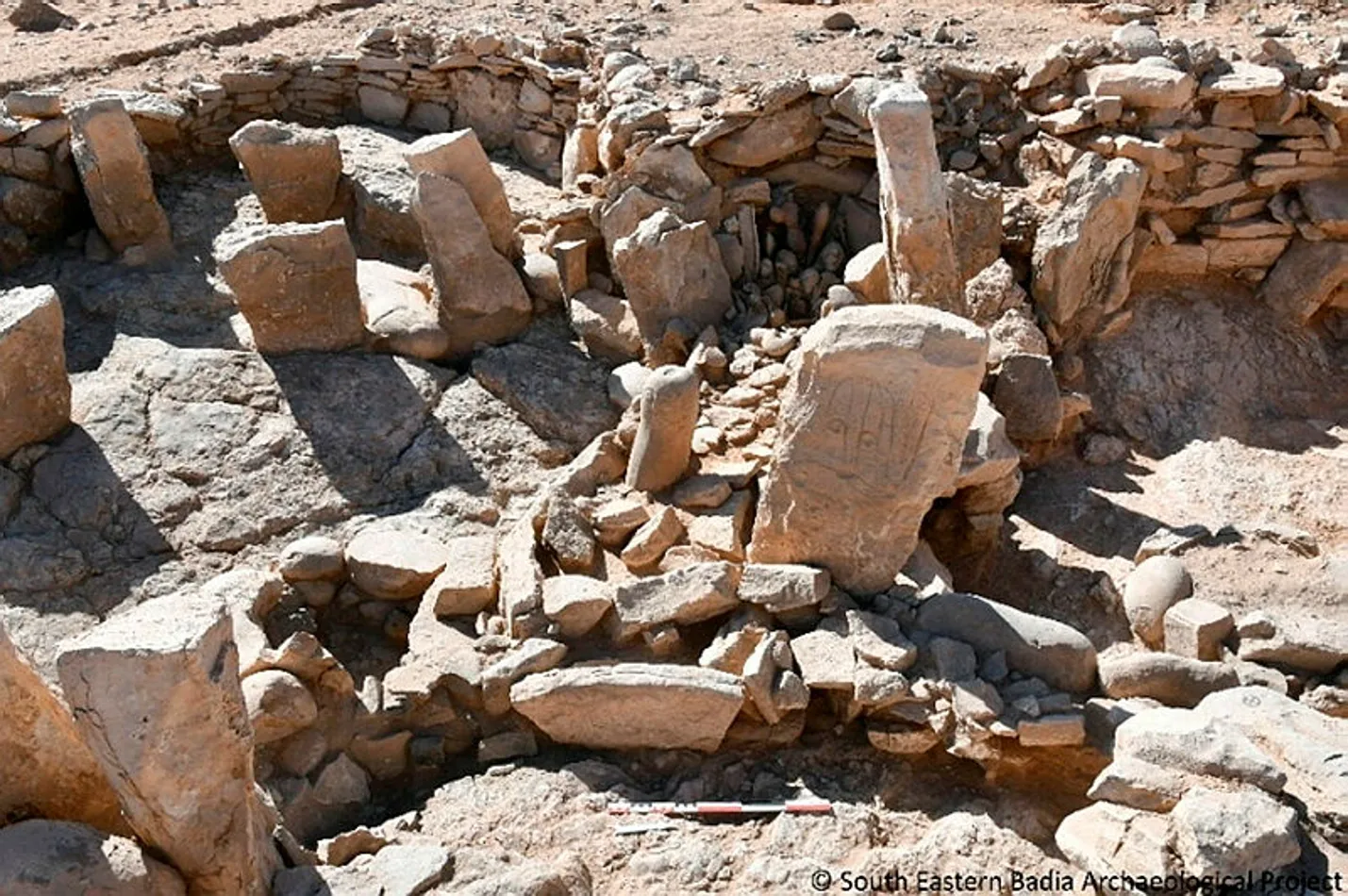
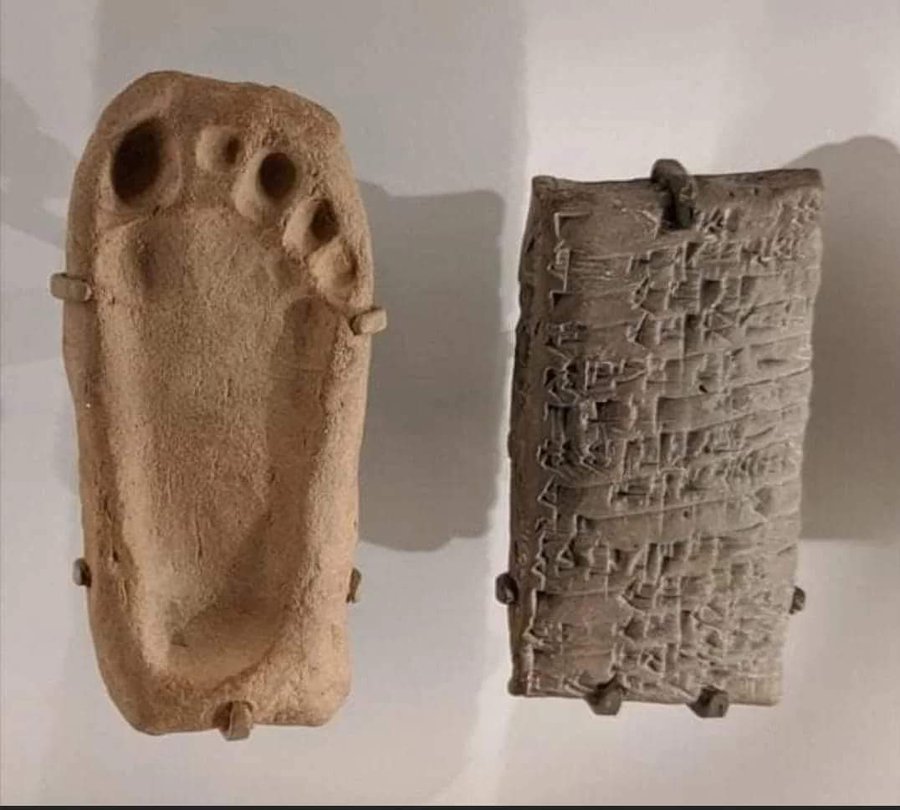
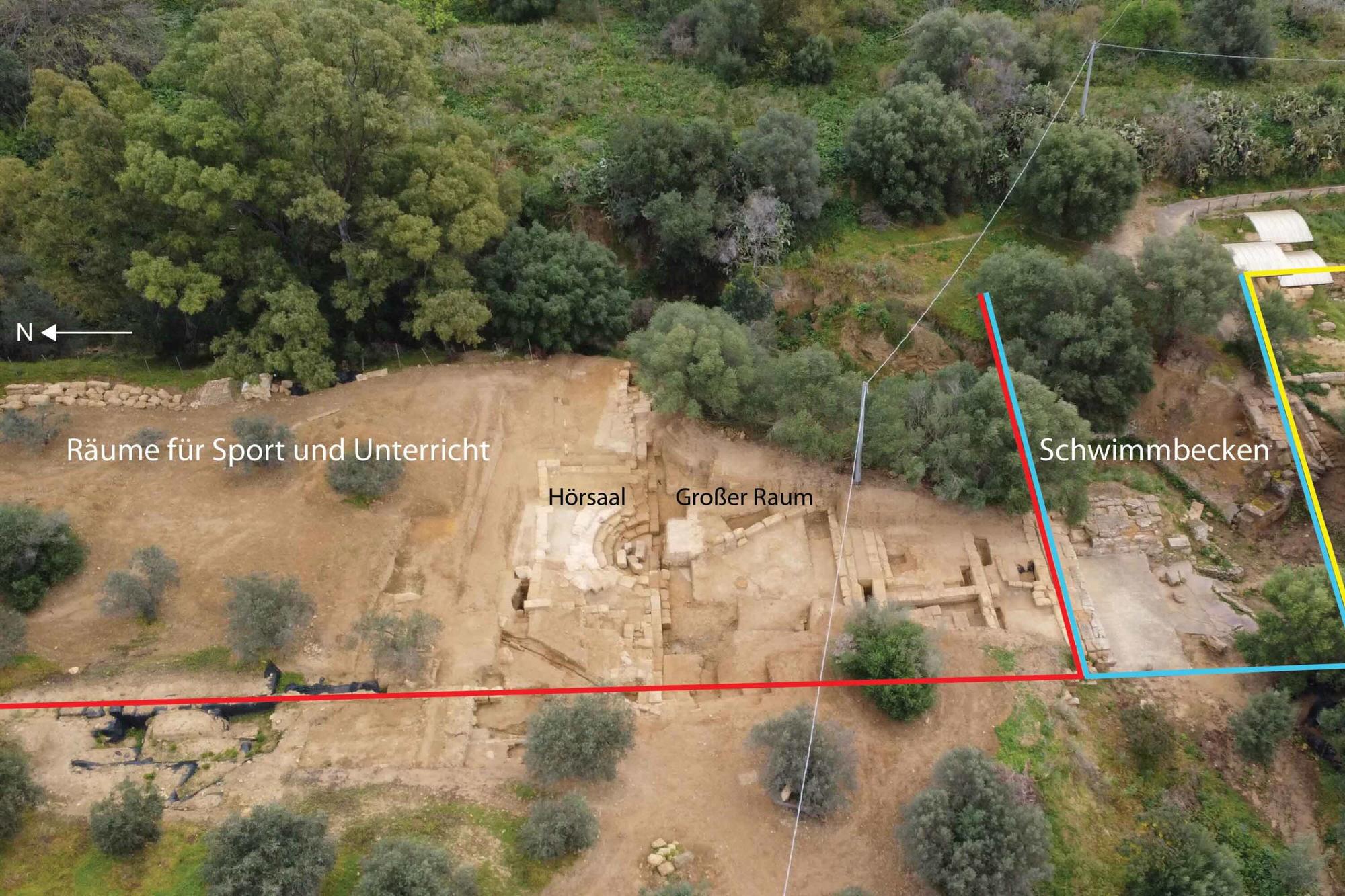
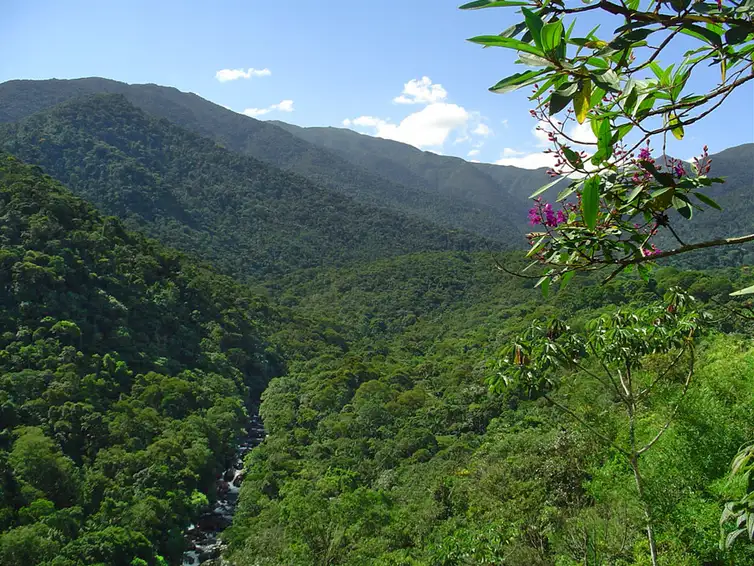
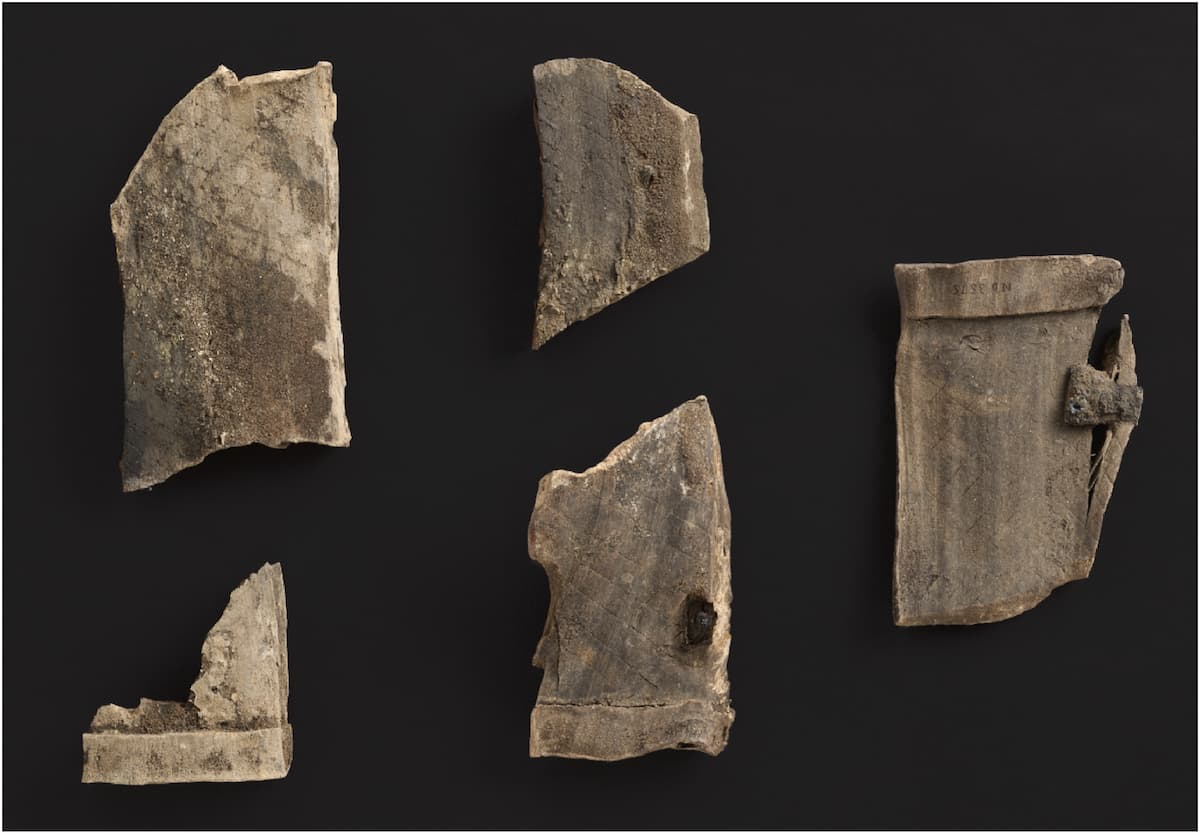
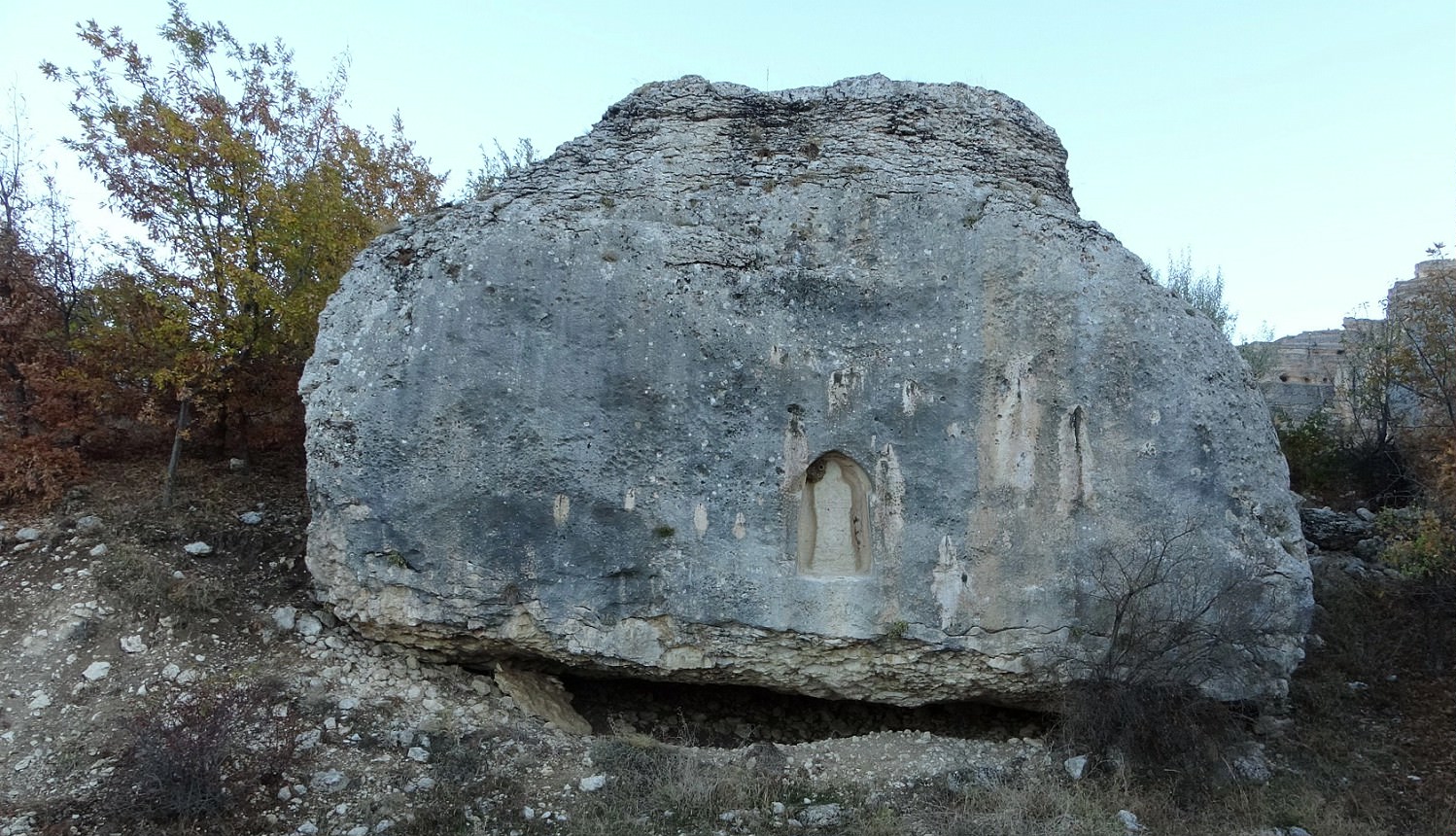


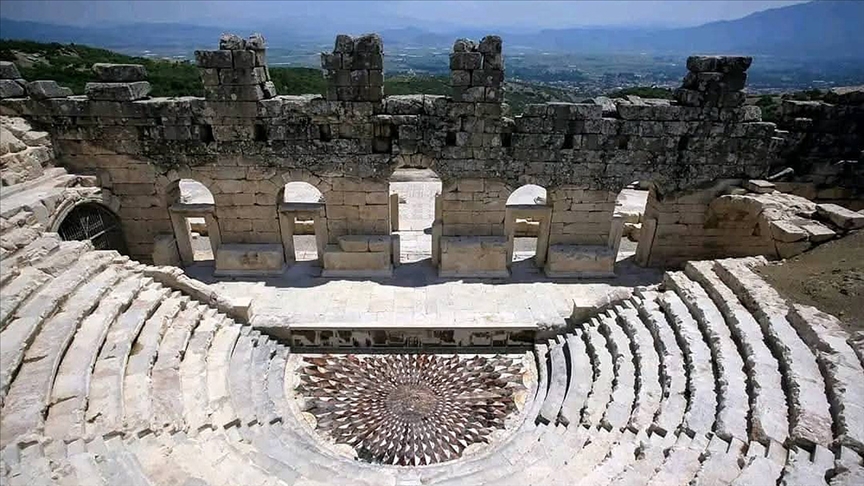
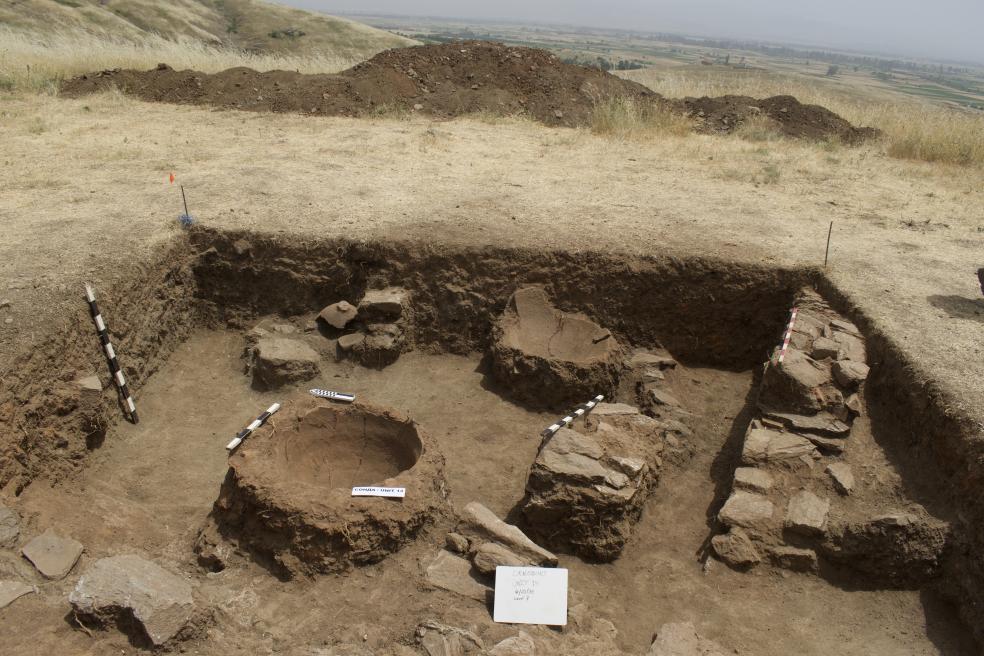
Leave a Reply